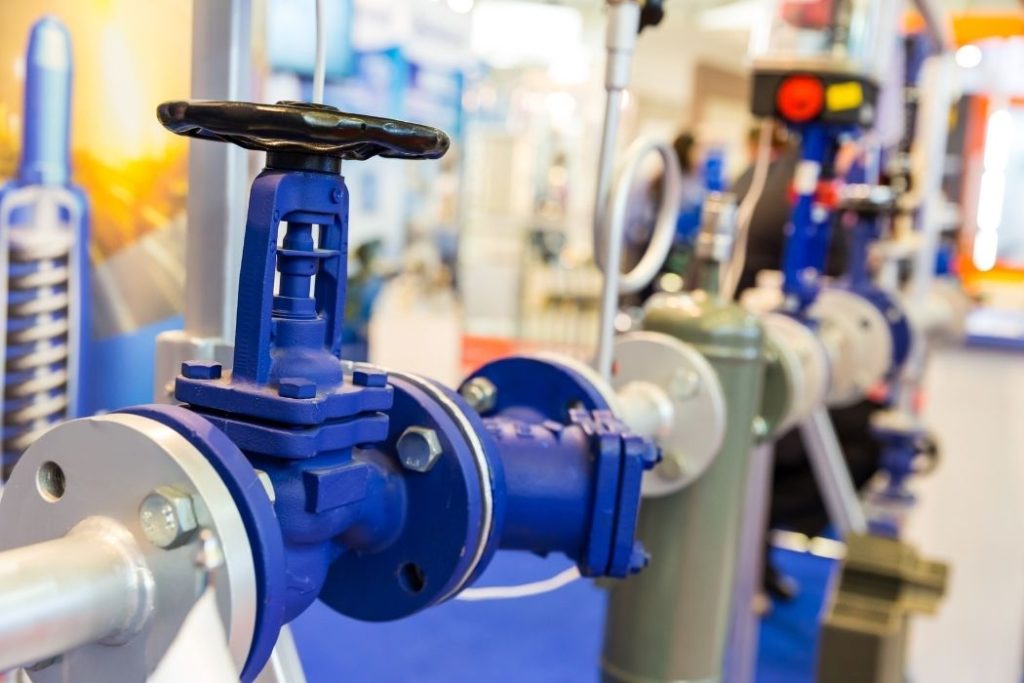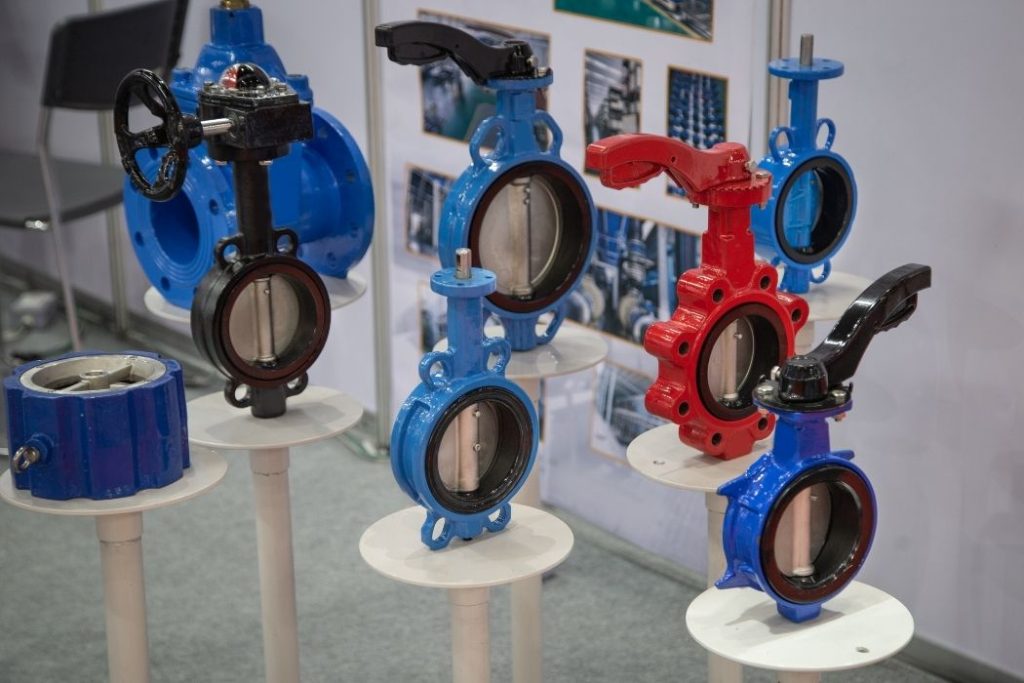Table of Contents
- Introduction
- Understanding Fire System Valves
- What Is a Gate Valve?
- What Is a Butterfly Valve?
- Key Differences Between Gate and Butterfly Valves
- Gate Valve vs Butterfly Valve: Comparative Table
- Which Valve Is Better for Fire Systems?
- Installation and Maintenance Insights
- Real-World Applications and Industry Experience
- Common Mistakes to Avoid
- Expert Recommendation from Fiffco Global
- Conclusion
1. Introduction
When it comes to fire protection systems, the reliability of each component matters. Among these, valves play a crucial role in controlling water flow to ensure that sprinklers, hydrants, and fire suppression systems work seamlessly during emergencies.
But one question engineers and facility managers often ask is:
“What’s the difference between gate valves and butterfly valves in fire systems?”
This article by Fiffco Global, a leading UK-based fire protection specialist, will explain the technical and practical differences between gate valves and butterfly valves, helping you make the right choice for safety, efficiency, and compliance.
2. Understanding Fire System Valves
In a fire protection system, valves control water flow and pressure within the network. Their performance determines how effectively water or suppression agents reach the fire zones.
Valves are typically placed:
- At main supply lines
- Before fire pumps
- Near sprinkler zones
- In control and test assemblies
Choosing the right valve type ensures optimal operation, minimal leakage, and easy maintenance — critical factors for industrial and commercial safety.
3. What Is a Gate Valve?
A gate valve controls the flow of water by lifting or lowering a solid gate (or wedge) between the valve seats. It’s designed to provide on/off control, not flow regulation.
Key Features:
- Operated by turning a handwheel to raise or lower the gate.
- Offers minimal flow resistance when fully open.
- Typically made of ductile iron, brass, or bronze.
- Commonly used in underground fire mains and large pipelines.
Advantages of Gate Valves:
- Tight sealing, ideal for complete shutoff.
- Long lifespan with minimal internal wear.
- Suitable for high-pressure applications.
Limitations:
- Slow to operate (requires multiple turns).
- Bulky and space-consuming.
- Can corrode or jam if not maintained properly.
4. What Is a Butterfly Valve?
A butterfly valve uses a rotating disc to control flow. When the disc turns parallel to the flow, water passes freely; when perpendicular, it stops flow.
Key Features:
- Quick quarter-turn (90°) operation.
- Compact and lightweight.
- Common in above-ground installations and fire sprinkler systems.
Advantages of Butterfly Valves:
- Fast operation during emergencies.
- Easier installation and maintenance.
- Cost-effective compared to gate valves.
- Takes up less space in tight mechanical rooms.
Limitations:
- May create minor pressure drops.
- Not ideal for throttling or precise flow control.
- Requires careful sealing to prevent leakage.

5. Key Differences Between Gate and Butterfly Valves
Let’s look at how these two types differ in structure, operation, and application.
| Feature | Gate Valve | Butterfly Valve |
| Operation | Multi-turn (slow) | Quarter-turn (fast) |
| Design | Vertical rising stem | Rotating disc |
| Space Requirement | Requires more space | Compact and lightweight |
| Flow Resistance | Almost zero when open | Slight resistance |
| Maintenance | Requires disassembly | Easier to maintain |
| Cost | Generally higher | Lower and more affordable |
| Common Use | Underground fire mains | Fire sprinkler zones |
| Pressure Handling | Excellent for high pressure | Moderate pressure systems |
| Installation Time | Longer | Quicker and simpler |
6. Gate Valve vs Butterfly Valve: Comparative Insights
Performance in Fire Systems
- Gate valves are ideal for main control valves where full open or close operation is needed.
- Butterfly valves are preferred in sectional control valves or compact systems for fast response.
Durability
Gate valves, being heavier and mechanically robust, often last longer in outdoor or buried installations.
Butterfly valves are better for indoor applications where space and maintenance access are key.
Response Time
In emergencies, butterfly valves can be opened or closed in seconds, while gate valves may take longer — an important consideration during manual operation.

7. Which Valve Is Better for Fire Systems?
The answer depends on your system’s design, size, and location.
Choose Gate Valve When:
- The pipeline operates under high pressure.
- Space is not a major constraint.
- You need tight shutoff with no leakage.
- It’s part of underground or outdoor fire mains.
Choose Butterfly Valve When:
- The system requires quick isolation of zones.
- You’re installing in compact spaces.
- Cost efficiency and easy maintenance are priorities.
- The valve will be operated frequently.
In modern fire systems, engineers often combine both — using gate valves at mains and butterfly valves at zone controls — for balanced efficiency and performance.
8. Installation and Maintenance Insights
Proper installation and maintenance are key to valve longevity and performance.
Tips from Fiffco Global’s engineers:
- Always follow the manufacturer’s pressure and temperature ratings.
- Install valves in accessible positions for inspection.
- Use OS&Y (Outside Screw and Yoke) gate valves for visible open/close status.
- For butterfly valves, ensure the disc rotation doesn’t interfere with pipe fittings.
- Schedule annual inspections to check seals, stems, and corrosion.
Regular maintenance not only prevents leaks but also ensures compliance with NFPA and BS standards.
9. Real-World Applications and Industry Experience
Case Study: Industrial Fire Network, Manchester
Fiffco Global installed a dual-valve system — gate valves on the underground supply lines and butterfly valves on sectional zones — ensuring reliable isolation and easy testing.
Result: 35% faster maintenance and full compliance with BS EN 1074 standards.
Case Study: Warehouse Facility, Birmingham
Switching from gate to butterfly valves reduced maintenance costs by 28% and improved accessibility.
This hybrid approach shows how practical experience informs smarter fire system design.
10. Common Mistakes to Avoid
- Using butterfly valves in extremely high-pressure mains.
- Ignoring the direction of valve installation.
- Over-tightening butterfly valve discs, causing seat wear.
- Skipping operational testing after installation.
- Mixing valve materials without checking compatibility (e.g., brass with ductile iron).
Fiffco Global ensures all installations follow ISO, BS, and NFPA compliance to eliminate these risks.
11. Expert Recommendation from Fiffco Global
At Fiffco Global, our engineers recommend a combination approach:
- Use gate valves for primary control and water supply lines.
- Use butterfly valves for sectional and zone isolation.
This hybrid design delivers the best balance of safety, cost-efficiency, and maintenance ease.
All our fire systems are designed and tested to meet UK Fire Safety Standards, ensuring dependable operation when it matters most.
12. Conclusion
Both gate valves and butterfly valves are vital components in modern fire systems — each serving unique roles.
The right choice depends on:
- Pressure and flow requirements
- Installation environment
- Maintenance strategy
- Budget and compliance needs
At Fiffco Global, we don’t just sell valves — we engineer complete fire safety solutions tailored to your facility’s needs.
👉 Need expert advice or a system inspection?
Visit Fiffco Global to speak with our fire protection specialists today.
Author:
Fiffco Global Engineering Team
Certified experts in fire protection systems, valve installation, and industrial safety compliance across the UK.
Last Updated: October 2025
